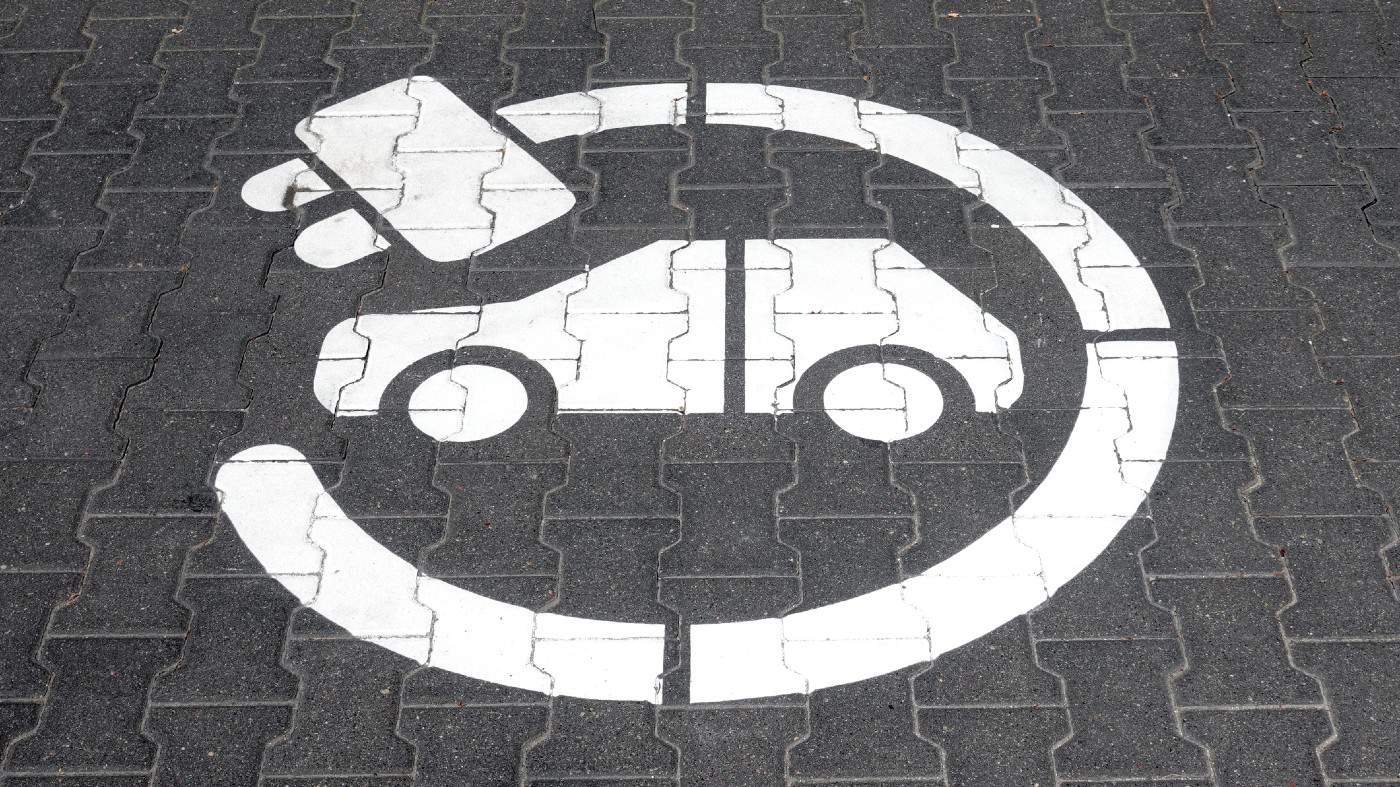The Tesla (NASDAQ: TSLA) share price has certainly moved about a lot during the past five years. But if investors had resolutely held their shares, they’d be up a massive 857% in half a decade.
Nevertheless, the stock is still down 54% from its all-time high of $407 reached in late 2021.
It was one of the most high-profile casualties of the broader market rotation away from growth stocks that began 18 months ago. Many analysts expected this share price correction to last for some time.
However, the stock has rebounded dramatically in 2023, surging 73%.
What’s happening here and should I be buying?
EV price war
Tesla delivered a total of 1.3m electric vehicles (EVs) last year, a 40% rise year on year. Its increasing scale has allowed it to build up industry-leading margins over recent years.
Now the firm is essentially weaponising this advantage by slashing prices on its cars to put pressure on its competition as global EV sales slow.
Indeed, it has lowered prices five times this year. In response, most of the industry has followed suit, noticeably BYD and Volkswagen in China.
While price cuts are expected to stoke demand (possibly explaining the rising share price), they’re also going to squeeze margins.

The firm is expected to report a gross margin of around 23% in its Q1 results, which are due tomorrow. Though still healthy, this would be its lowest reported figure for many quarters.
Need for refreshment?
China is home to Tesla’s biggest plant and is a key market for it. The country accounted for over half of all global EV sales last year, driven by its vast number of middle-class consumers.
But the company is losing ground to the domestic competition there. Its market share has fallen from 10% last February to 9% this year, according to data from China Merchants Bank.
Why? Well, there are just more options now. Take NIO, for example. This smaller Chinese rival continues to differentiate itself with innovations such as battery-swap stations and ‘NIO Houses’.
Once someone purchases a vehicle, admittance is gained to all of these services and spaces in China. As well as showrooms, NIO Houses contain cafes, libraries, conference rooms, and even childcare facilities.
This is radically different to Tesla, with its keep-it-simple approach. Indeed, it only sells two models in China. BYD, in comparison, offers more than 60 different versions of EV and plug-in hybrid cars!
Plus, NIO plans to launch another five models this year. Its CEO William Li recently commented: “If they [Tesla] don’t improve their products fast enough or don’t provide good services, they will quickly be pushed out of the market.”
There’s a serious risk that Tesla could continue losing market share in China if it doesn’t keep up with the tastes and preferences of local consumers. At the very least, I think its ageing product line needs refreshing.
Will I buy more shares?
To be clear, I don’t think Tesla’s growth story is anywhere near finished. It continues to scale up its production capabilities and, considering the challenging operating environment, its recent growth has been incredible.
But it faces immense competition, particularly in China. So unless there’s another major share price correction, I won’t be adding to my holding.








